[ad_1]

Source: Sarcos Robotics
Global exoskeleton revenues will reach $5.8 billion by 2028, driven by the deployment and adoption of passive exoskeletons that help augment capabilities of human workers, research firm ABI Research said today.
The London-based market-foresight advisory firm said hundreds of thousands of active exoskeletons would also be deployed over the next 10 years, with the greatest opportunity in the space in augmenting industrial production workers. The firm said the potential for growth is attracting the likes of companies and groups such as NASA, Boeing, Toyota, GM, and others in the logistics space.

Rian Whitton, ABI Research
“We are only talking about thousands of units being deployed so far, and the majority of these are passive,” said Rian Whitton, senior analyst at ABI Research. “The first challenge of getting exoskeletons deployed and mandated as part of protective equipment practices in high-wage OEMs has been achieved. The next challenge for powered suits to gain popularity is the effective deployment of IoT platforms that can aggregate sensory data from the exoskeletons and provide insights.”
In the long term, Whitton said companies would then integrate the use of exoskeletons with robotic arms, collaborative robots, and mobile robots through advanced location technologies, haptics, and gesture control. In the short term, “the industry should not expect the exoskeleton opportunity to exceed hundreds of thousands of units or billions in revenue within the next 2-3 years, with the global market to surpass $1 billion in 2022.”
New markets, new challenges
ABI said Levitate Technologies, a California-based manufacturer, has deployed hundreds of suits in Toyota plants across the U.S, and has had their equipment mandated as protective equipment. In addition, two powered exoskeleton suppliers, German Bionic Systems and Sarcos, are entering the market as well. GBS has developed an IoT platform, and will ramp up production next year with the completion of a new factory, and Sarcos is testing its heavy exoskeleton in military infrastructure through a number of contracts with the U.S. government, ABI said.
The research firm cautioned that while the industry holds great promise for success, that using mainly passive suits does not automatically guarantee future success. “Simply deploying these expensive and highly sophisticated pieces of hardware will be insufficient to meet the challenges of labor shortages and aging workforces, as most of the value bundled up in the technologies of future manufacturing will require the advanced use of data and monitoring of devices,” ABI said.
The findings and predictions are from the company’s Exoskeletons for Industrial Use Cases application analysis report, available here. It’s part of the company’s Industrial, Collaborative & Commercial Robotics research service.
Studying exoskeletons in Singapore
In related news, Ekso Bionics this week announced that the National University Health System (NUHS) in Singapore has adopted three of the company’s EksoGT exoskeletons for a clinical study, exploring how exoskeleton technology can improve mobility and rehabilitation outcomes.
Supported by Temasek Foundation and Trailblazer Foundation Limited, the Improving Mobility via Exoskeletons (iMOVE) program will study patient outcomes and assess the viability and potential for scaling-up the use of robotic exoskeletons across the continuum of rehabilitation care from hospitals to communities, the company said in a statement.

The EksoGT system is helpful in rehabilitative circumstances. Source: Ekso Bionics
The study will focus on patients suffering from stroke and spinal cord injuries, especially for the elderly. The three EksoGT units will be used at multiple NUHS partner sites across Singapore.
“We are delighted to be a part of a program that will facilitate greater treatment accessibility in Singapore,” said Lim Chwee Foon, president of Asia Pacific, Ekso Bionics. “Globally, 15 million people suffer from a stroke every year; Asia is more than half the world’s population with a rapidly aging population in many countries. With aging, mobility becomes a big challenge. We want the EksoGT systems to be widely accessible to people who never thought they could walk or stand up again.”
The EskoGT has been cleared by the FDA for use with stroke and spinal cord injuries from L5 to C7, and in Europe, the CE-Mark cleared EksoGT allows the company to work with patients impacted by all neurological conditions and lower limb weakness.
[ad_2]
Source link
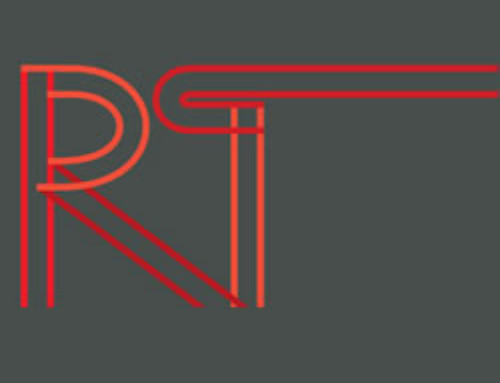
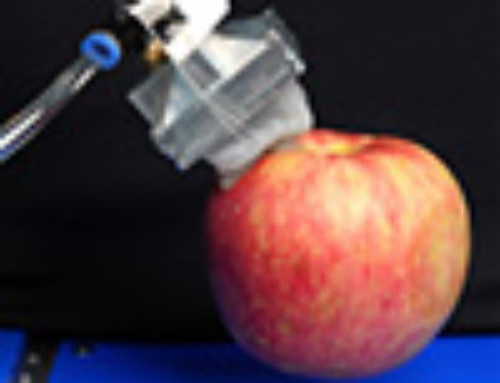
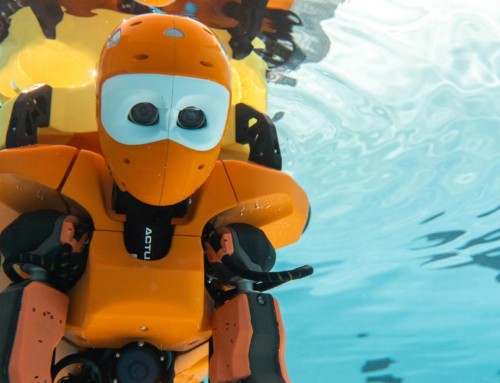
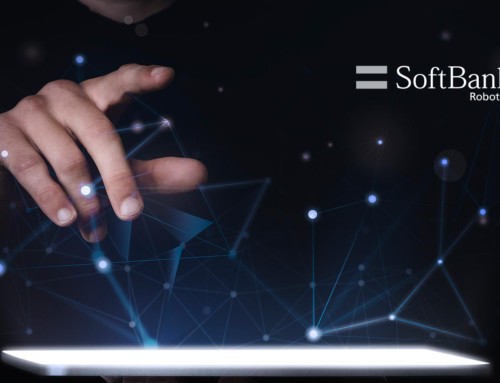
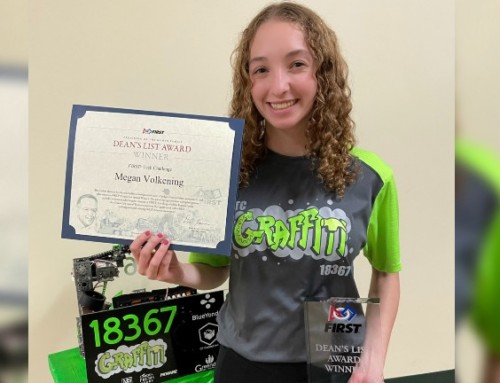
Leave A Comment
You must be logged in to post a comment.